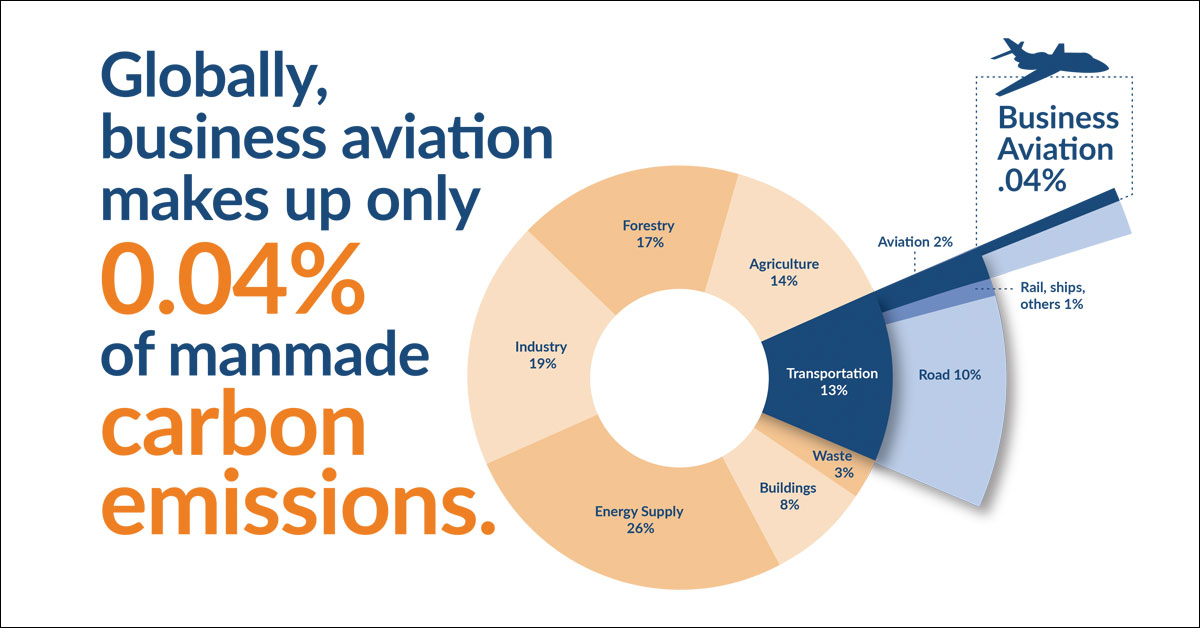The aviation industry, while essential for global commerce, faces significant environmental challenges. One innovative and sustainable solution emerging is the aircraft teardown and recycling business. This initiative not only addresses environmental concerns but also offers a lucrative opportunity by turning retired aircraft into valuable resources.
Understanding Aircraft Teardown and Recycling
When an aircraft reaches the end of its operational life, it moves into the next phase of the circular economy. This process involves disassembling the aircraft to recover reusable parts and materials. It’s a diligent procedure, requiring specialized skills and equipment to ensure safety and maximize resource recovery. The goal is to salvage as many rotable components as possible, minimizing waste and reducing the environmental impact.
The Teardown Process
- Initial Inspection and Decontamination: The aircraft is thoroughly inspected and hazardous materials like fuel, oils, and hydraulic fluids are removed.
- Component Removal: Usable parts such as engines, avionics, and landing gear are carefully extracted. These components are then refurbished, certified and resold.
- Material Recycling: The remaining airframe is dismantled and materials like aluminum, titanium, and carbon fiber are sorted for recycling.
- Final Disposal: Any non-recyclable materials are disposed of in an environmentally responsible manner.
The Environmental and Economic Benefits of Aircraft Recycling
Sustainability and Environmental Impact 
The global aviation industry accounts for 2% of carbon emissions, while business aviation contributes a mere 0.04% (No Plane, No Gain). Although a small percentage, to mitigate the concerns and strive towards a more sustainable future, an innovative approach to recycling aircraft parts has emerged. By recycling metals and other materials, the demand for raw materials is diminished, conserving natural resources, and reducing energy consumption. Additionally, repurposing aircraft parts minimizes waste and decreases the need for new manufacturing, further lowering carbon emissions.
Economic Advantages
For business aviation operators and airlines, the economic benefits are substantial. Recycled aircraft parts are often sold at a fraction of the cost of new parts, offering a cost-effective solution for maintenance and repairs. Selling parts from retired aircraft can generate significant revenue. This circular economy approach not only extends the lifecycle of aircraft components but also contributes to a more sustainable industry.
Conclusion
The aircraft teardown and recycling business is a pioneering initiative that aligns sustainability with profitability. By efficiently dismantling and recycling retired aircraft, the industry can significantly reduce its environmental footprint while creating economic value from components.
Skyservice is at the forefront of this movement, offering state-of-the-art facilities dedicated to aircraft end-of-life solutions. Our comprehensive approach ensures that retired aircraft are dismantled and repurposed, maximizing the recovery of valuable materials and parts. Skyservice’s parts department, with its extensive global network, ensures that these components are effectively redistributed, providing cost-effective solutions for maintenance and repairs worldwide.
Embracing these sustainable practices will be crucial as the aviation industry continues to evolve. By integrating these solutions, stakeholders can ensure that their contributions to the skies are complemented by responsible and innovative ground practices, paving the way for a more sustainable and economically viable industry.
